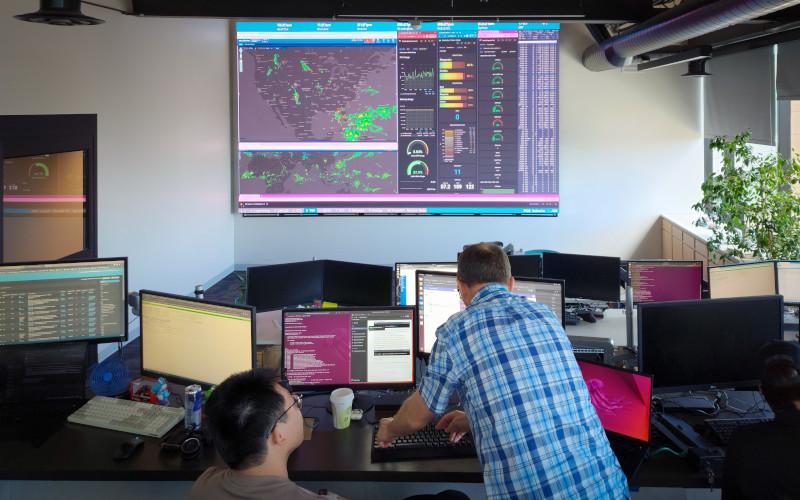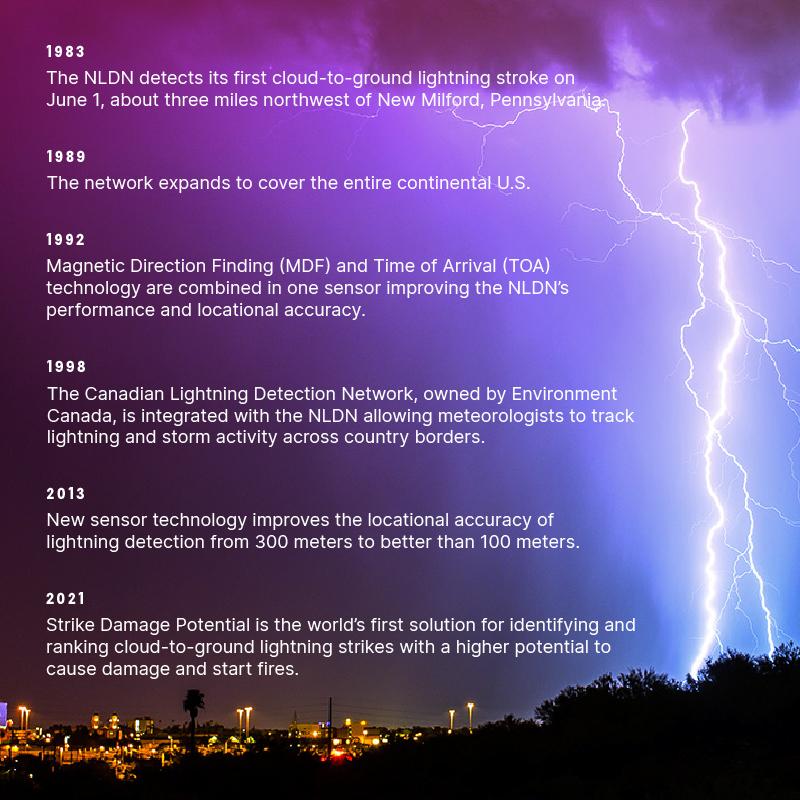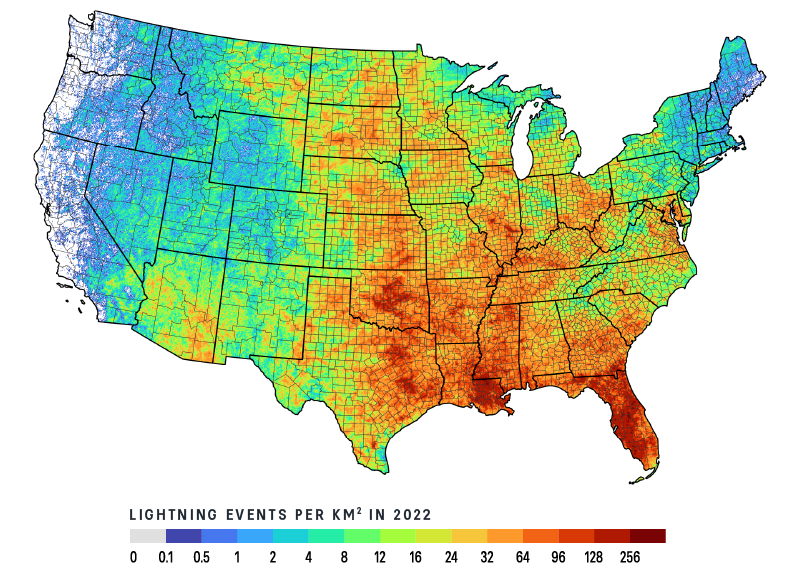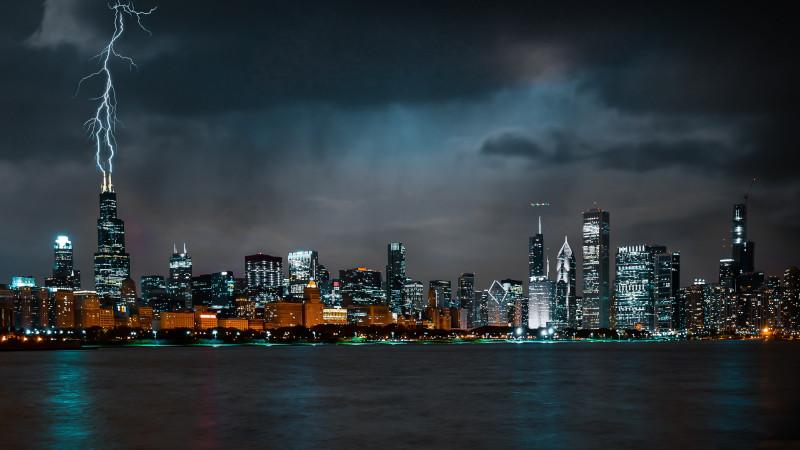40 years of protecting Americans from lightning
On June 1, 1983, the number one song on the U.S. Billboard Hot 100 chart was “Flashdance...What A Feeling” by Irene Cara. How fitting that on the same day, Vaisala began counting flashes of a different kind with a lightning detection network that would also become number one in its field.
Today, on June 1, 2023, we are celebrating the 40th anniversary of Vaisala’s U.S. National Lightning Detection Network (NLDN) — the most accurate, reliable, and scientifically validated lightning detection network in the country.
Over the last 40 years, the NLDN has played a significant role in protecting Americans from lightning. Meteorologists have been able to improve their forecasts of dangerous thunderstorms. Energy companies have been able to better protect critical power infrastructure. And airlines have relied on accurate, real-time lightning data to take passengers safely to the skies.
Every day, lightning data from the NLDN protects Americans in industries as diverse as aviation, energy, maritime, mining, and defense, while significantly reducing the downtime and disruption caused by thunderstorms.

Safety first
Personal safety has naturally been a vital part of the development of the detection network. My colleague, senior scientist Ryan Said, says it well,
“Everyone in the United States benefits from the NLDN, either directly or indirectly, through the National Weather Service, which uses Vaisala lightning data to help people stay safe from one of nature’s most violent forces.”
Increased lightning safety awareness in the U.S. has helped decrease deaths by lightning by almost two-thirds during the time that the NLDN has been operating. From 1983 to 1998, there were on average 69 deaths per year from lightning in the United States. For the period 2007 through 2022, that number declined to 24, a decrease of almost 70 percent.
Four decades of building the world’s most advanced lightning detection network
The NLDN detected its first cloud-to-ground lightning strike on June 1, 1983, at 00:04:47 UTC, about three miles northwest of New Milford, Pennsylvania. The network has been under constant development ever since and can now detect lightning to within 100 meters anywhere in the continental United States.

The NLDN detected nearly 200 million lightning events in the United States in 2022. But with the NLDN now detecting more than 99% of all thunderstorms, making further improvements means moving beyond counting lightning events.
The latest addition to the NLDN is Strike Damage Potential, which is the world’s first solution for identifying and ranking cloud-to-ground lightning strikes with a higher potential to cause damage and start fires. Strike Damage Potential also groups strokes into a common strike point, helping investigators quickly identify high-impact strikes without having to review every lightning event in every cluster of strokes. These new insights are a game-changer for lightning-sensitive industries:
- Land management agencies can deploy a more targeted response to prevent the spread of wildfires started by lightning.
- Electric utilities see when a high-risk strike might have hit power lines during intense summer storms.
- Wind turbine operators conducting post-storm inspections can prioritize the turbines most likely to have been struck by the most damaging strikes.

How to protect your personnel and operations
Lightning data from the NLDN is available through our Vaisala Xweather family of weather and environmental data services.
Thunderstorm Manager software offers severe weather monitoring and lightning alerts using real-time data from the NLDN.
The Xweather Lightning API offers real-time and historical lightning data from the NLDN for integration into your applications and safety systems.
You can read more about lightning, the NLDN, and Vaisala’s global lightning detection network, GLD360, in the Vaisala Xweather Annual Lightning Report 2022.


Add new comment